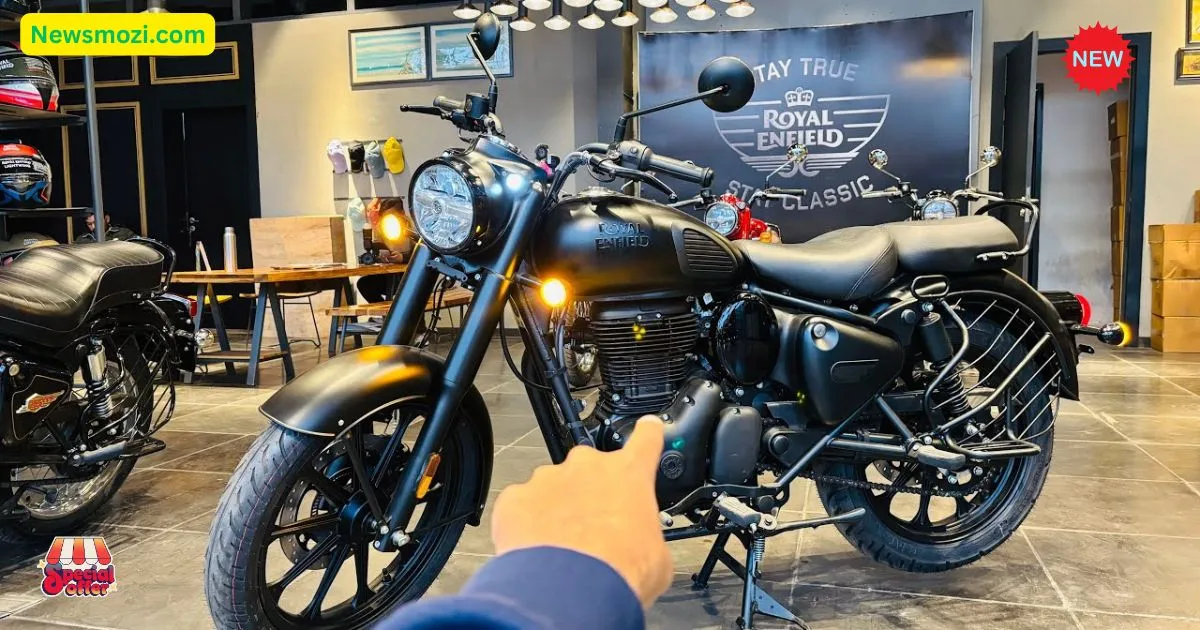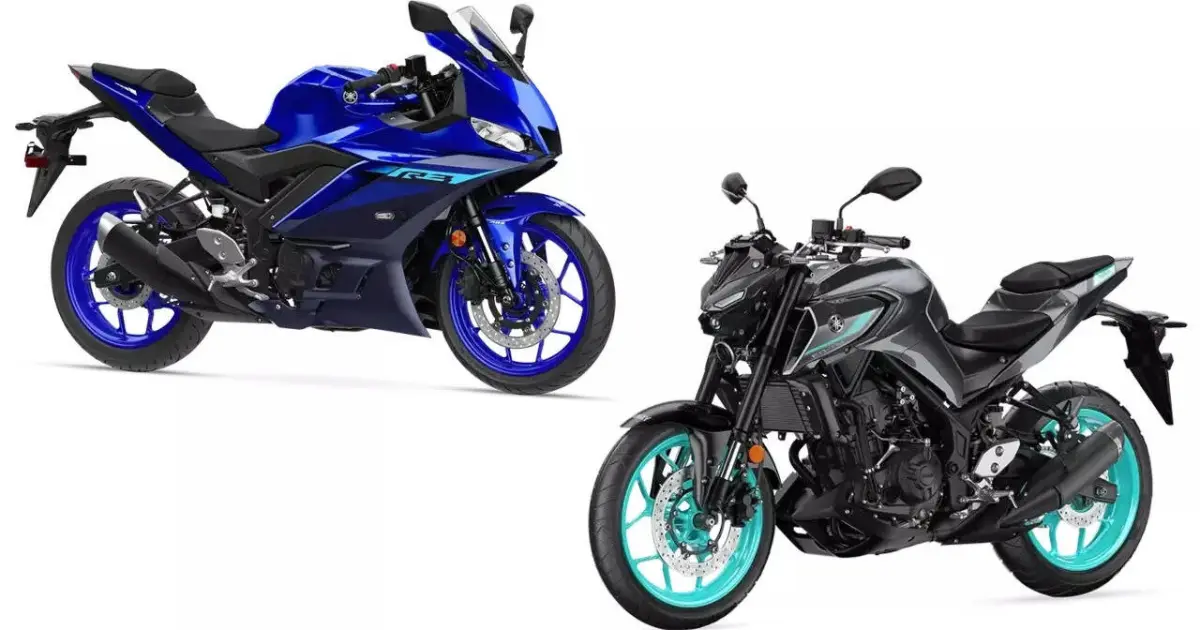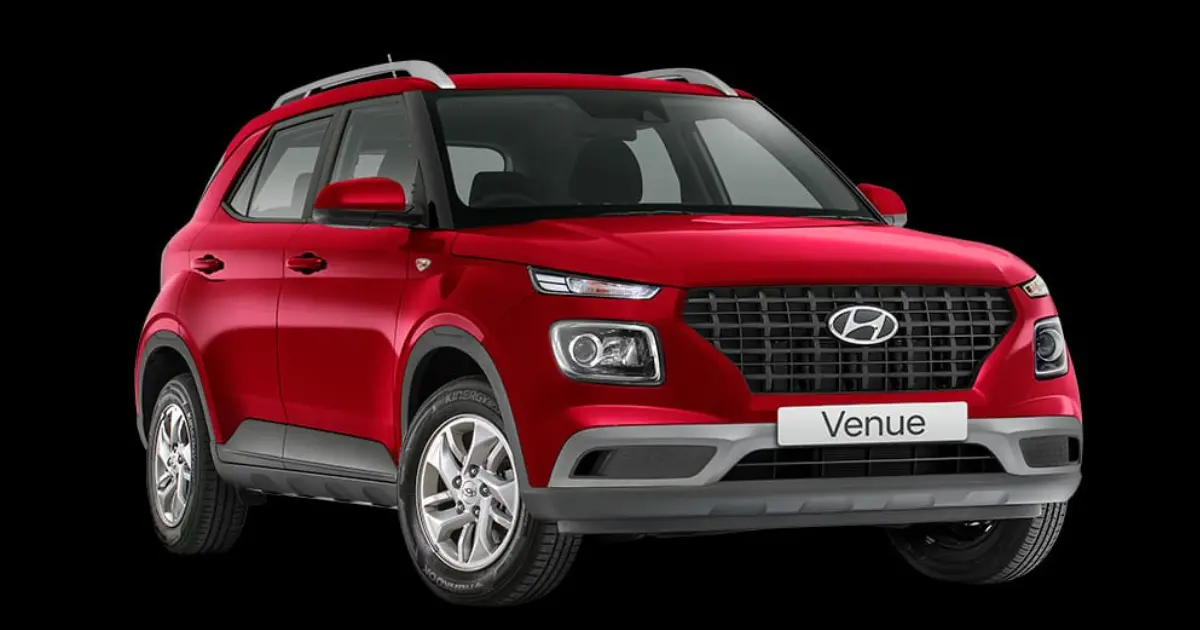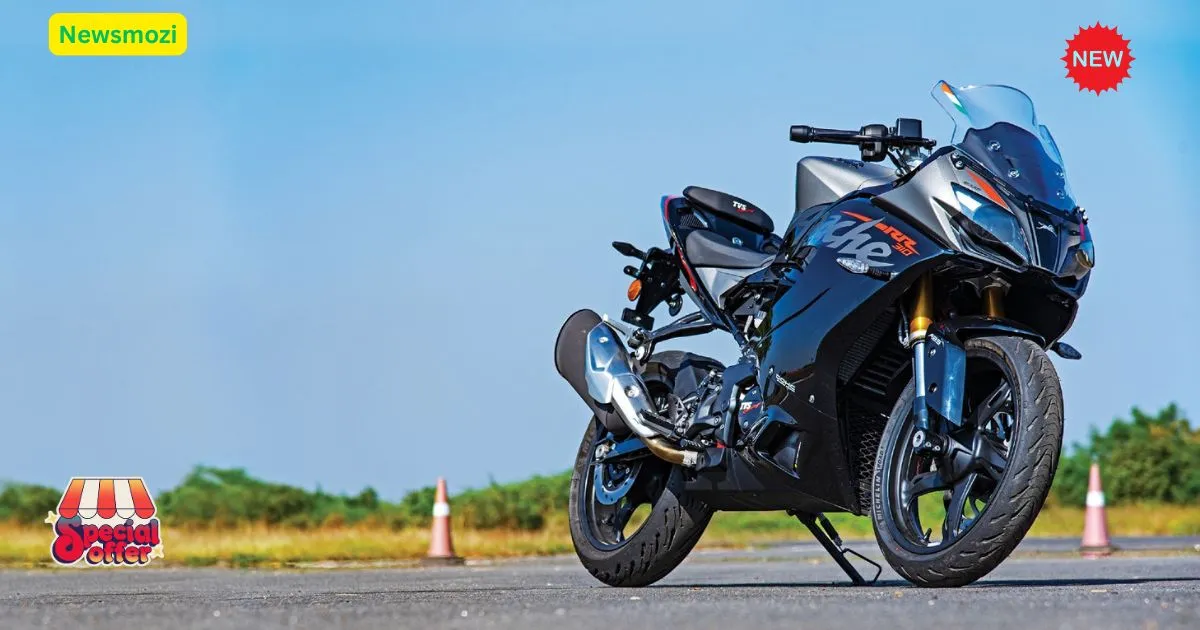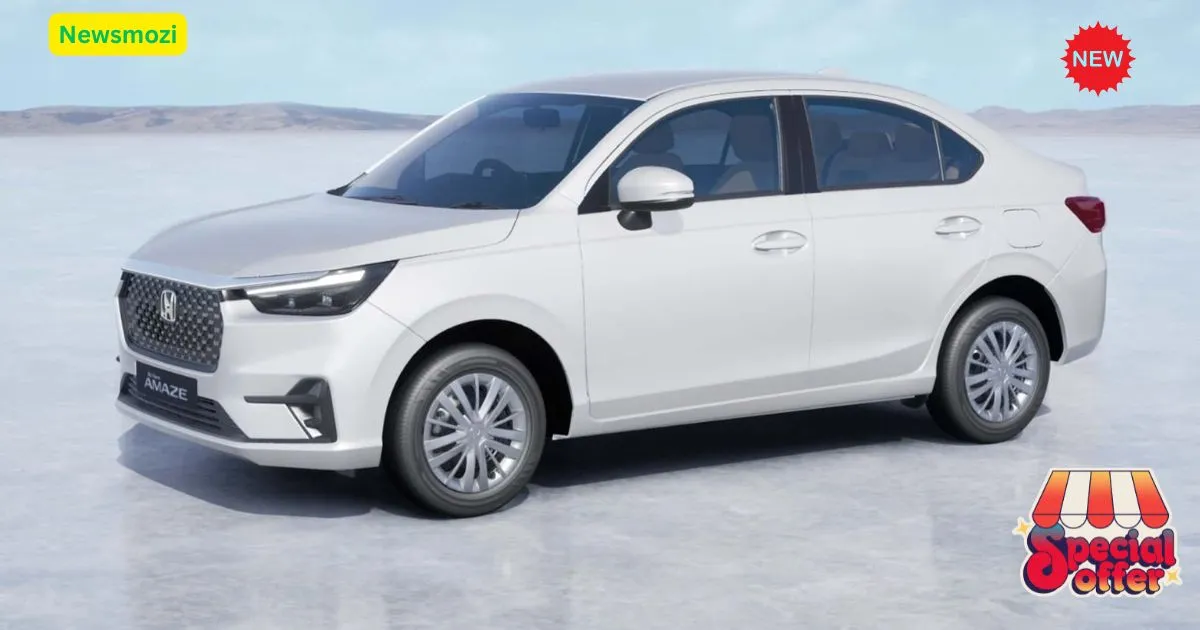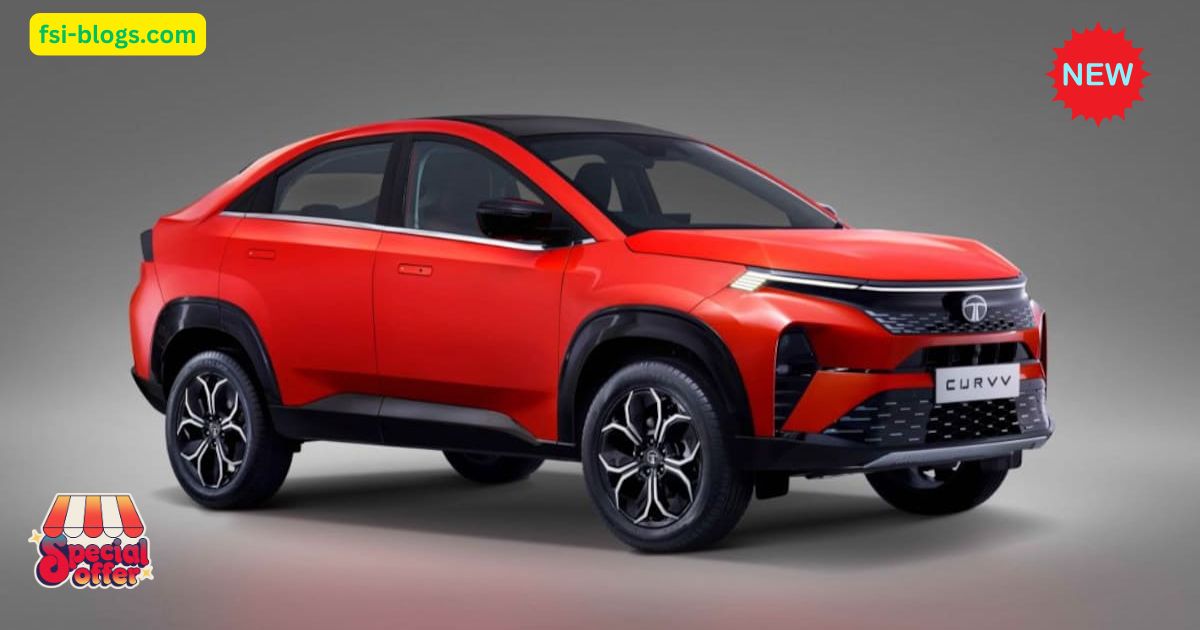Introduction
The Royal Enfield Classic 350 blends timeless retro styling with modern upgrades, making it one of the most beloved motorcycles for riders worldwide. With a refined J‑series engine, updated features, and varied trims, the Classic 350 appeals to both nostalgic enthusiasts and those seeking comfortable touring or daily commute. This review dives deep into its specs, strengths, weaknesses, and whether it’s still worth owning in 2025 in different markets.
Royal Enfield Classic 350 Specifications
| Component | Specification |
|---|---|
| Engine | 349.34 cc, single‑cylinder, air‑oil‑cooled, fuel‑injected |
| Power & Torque | ~20.2 bhp @ 6100 rpm; ~27 Nm torque @ 4000 rpm |
| Transmission | 5‑speed gearbox, wet multi‑plate clutch |
| Chassis & Suspension | Twin‑downtube spine frame; front telescopic 41 mm forks (130 mm travel); twin rear shocks with 6‑step preload |
| Brakes & Wheels | 300 mm front disc; 270 mm rear disc (or drum in base trims); dual‑channel ABS where applicable; 19‑in front & 18‑in rear wheels (spoke/alloy varies) |
| Dimensions & Weight | Length ~2145 mm; Width ~785 mm; Seat height ~805 mm; Ground clearance ~170 mm; Kerb weight ~195 kg |
| Fuel Tank & Mileage | ~13 litre tank; claimed mileage ~41.5 kmpl; real world ~35‑40 kmpl depending on conditions |
| Features | LED / halogen headlamp depending on variant; analog + digital cluster; Tripper navigation on some trims; USB charging; new colour options |
Design & Build
Royal Enfield Classic 350 keeps its retro charm with teardrop tank, round headlamp, and vintage styling. Chrome accents, metal finishes, and traditional spoke wheels deepen the classic aesthetic. Newer models offer fresh color palettes like Stealth Black, Gunmetal Grey, Desert Storm Tan, and dual‑tone finishes.
Build quality feels solid. Frame and metal body panels have a sturdy feel. Some variants introduce alloy wheels which add a modern touch. Seat is comfortable; riding posture upright. Some minor compromises: heavier weight makes low‑speed manoeuvres tougher and road feel over bumps is firm.
Engine Performance & Ride
The 349cc J‑series engine delivers gentle, usable power rather than blistering speed. Low‑end torque makes city rides and overtakes easier. The 5‑speed gearbox is well spaced; vibrations are limited, though above ~100 km/h, some rumble is felt.
Top speed is modest, aligned with its class. The engine is tuned for comfort and cruising. If you ride highways often, maintain speed under 100‑110 km/h for optimal smoothness. For stop‑and‑go traffic or hill climbs, the Classic 350 does well thanks to its torque curve and riding posture.
Fuel Efficiency & Tank Range
Fuel economy is one of the strong points. Claimed efficiency is ~41.5 kmpl under ideal conditions. In real world use, city riding yields ~35‑39 kmpl; highway cruising slightly higher. A full 13‑litre tank gives decent range—enough for daily uses and weekend rides without frequent stops.
Mileage depends heavily on riding style, terrain, load (pillion or cargo), and maintenance. Clean air filter, proper tyre pressure, regular servicing help. Compared to other retro 350cc bikes, it offers competitive fuel savings especially in global markets with high fuel prices.
Variants & Features
The Classic 350 is offered in multiple trims to cater to different rider preferences globally. Variants differ in:
- Colour schemes and finishes (Chrome, Dark, Signals etc.)
- Wheel types (spoked / alloy)
- Brake setup: drum rear or disc; single‑channel or dual‑channel ABS
- Extras such as Tripper navigation pod, USB charging, updated instrument cluster
Higher trims bring features aimed at comfort and convenience. Base variants retain simpler setups to keep cost manageable.
Comfort, Handling & Ride Quality
Riding position is upright, handlebars comfortable, footpegs positioned to reduce fatigue. Seat cushioning is improved in 2025 models, better for longer rides. Suspension setup works well: front forks smooth most irregularities, rear shocks with adjustable preload help when riding with pillion or luggage.
Handling is stable at moderate speeds. Turning radius is big; parking and tight city turns require effort. Weight ~195 kg is a factor. Braking is solid, especially in dual‑disc or dual‑channel ABS variants. Base trims with drum in rear and single ABS feel less precise under hard braking.
Price, Global Availability & Value
Pricing varies by country due to taxes, import duties, and features. In India, trims start around ₹1.90‑₹2.30 lakh ex‑showroom depending on variant. In UK, US, or other markets, prices are higher owing to shipping, regulatory compliance, and dealer setups.
Value proposition is strong: Retro style, reliable engine, manageable maintenance. You may find cheaper bikes with more horsepower, but few deliver this blend of heritage, comfort, and fuel efficiency. If you want a classic look plus daily usability, this machine makes sense.
Pros & Cons
Pros
- Vintage styling with modern touches
- Smooth ride and strong low‑end torque
- Good fuel efficiency and respectable range
- Multiple variants to suit different tastes
Cons
- Heavy at nearly 195 kg; agility less than lighter bikes
- Limited top speed; some vibration at higher revs
- Base trims lack features like dual ABS or disc rear
- Fewer tech features than premium competitors
Who Should Buy the Classic 350?
H3 Under this heading I break down user types
- Riders who love retro aesthetics and want character over raw speed
- Commuters seeking comfortable ride over long distances with minimal fuss
- Beginners wanting simple, mechanical reliability rather than complex electronics
- Touring enthusiasts who prefer visual style, thump, and cruising over track performance
If you’re someone chasing top‑end sport performance, you might prefer a lighter or higher cc competitor.
Conclusion
Royal Enfield Classic 350 continues to be a standout in its class in 2025 because it masterfully combines heritage styling, dependable performance, and solid fuel economy. While it doesn’t compete in raw speed or advanced electronics, it delivers everything that matters for riders who appreciate vintage charm with modern reliability. Its range of variants ensures there’s a model for each kind of rider, balancing cost and features. If you value torque, comfort, and that iconic “thump,” the Classic 350 remains a smart choice globally. Before buying, test ride to see how its weight and vibration suit you, and pick the trim that aligns with your needs for brakes, features, and comfort.
FAQs
How fast is the Royal Enfield Classic 350?
Top speed is around 114‑120 km/h depending on variant and load. It’s not built for outright speed but for comfortable cruising.
What is the real fuel mileage?
In city riding you can expect ~35‑39 kmpl; on highways, ~40‑42 kmpl if riding gently.
Does it come with modern tech features?
Yes. Some trims offer Tripper navigation, USB charging, LED lighting and a semi‑digital cluster. Base trims are simpler.
How is the riding comfort for two‑up rides?
Good overall. Seat is cushioned, handlebars upright, suspension tuned for carrying pillion. But rear passenger may feel weight during longer rides.
